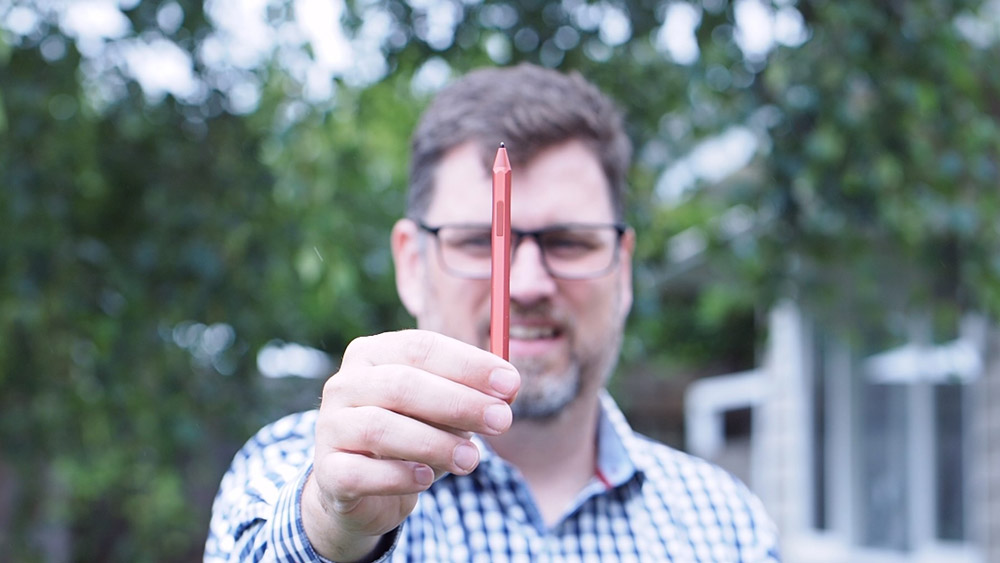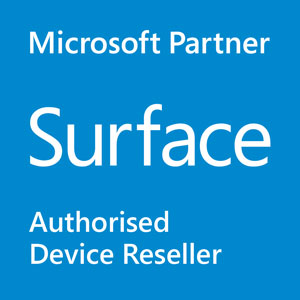Over the last 50 years there have been dozens of scientific studies conducted on handwritten notetaking, especially in education settings. In fact, there are so many papers on the benefits handwriting, that it is hard to know where to start.
In the last article in this series, I mentioned Travis Smith. Travis was a former teacher from Melbourne who presented a talk, based on educational research, that explains the Power of the Pen. Travis talked about a scientist from Monash University in his presentation: professor Gordon Sanson – now retired.
Professor Gordon Sanson
Professor Sanson is a biologist – not a IT specialist or a Human Computer Interface scientist. However, back in the 2000s with major strides forward in technology, he was very interested in the way university lectures were being conducted. Both on how teachers presented, and how students absorbed information.
An important topic of his interest was in the changing style of presentations at University. Teachers were now switching from overhead projectors to PowerPoint. Many were still using chalkboards too.
I’ve listened to a few of his presentations; particularly studying one from 2009. Being an academic, Sanson cited dozens of papers on the topics of presenting and notetaking. He quoted papers going all the way back to the ’70s. Fisher and Harris 1973, Kiewra 1985, 1989, 1991, Cook and Mayer 1983… And I could go on!
Low and High Fidelity
Something that piqued my interest in professor Sanson’s presentation was a concept that applies to both presenting and notetaking. It’s the idea of low fidelity, or low formality, and high fidelity, or high formality, content. I’ll use the term formality, but it’s interchangeable for the purpose of this discussion. For example, writing with chalk on a chalkboard produces low formality content. On the other hand, high formality content is what we produce with a computer. It’s what we type, Word documents, PowerPoint slides, and bullet point lists.
Professor Sanson takes this concept of low and high formality from the user interface design element of Human Computer Interface design (HCI). When designing apps, developers found that if you presented a finished looking interface, people tended to give feedback on the design or appearance of the app. So if the UX designers gave hand drawn interface models, people tended to give conceptual feedback, rather than design feedback.
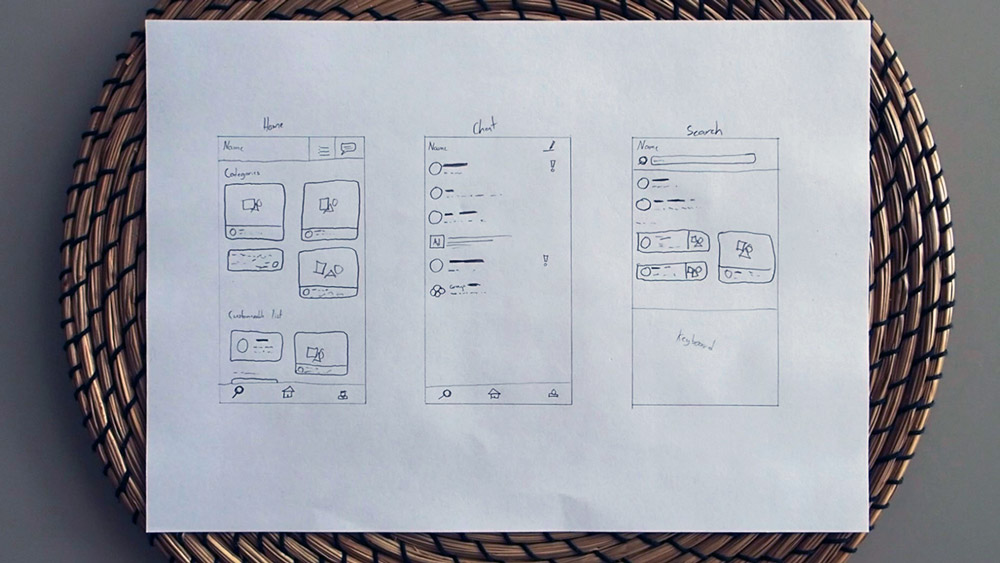
Professor Sanson said in his presentation:
“Low Fidelity is when you present the model on papers and crayon – these are computer scientists advocating paper and crayon… people then focus on the big idea – they see the wood for the trees. If it’s presented as a high Fidelity model on a computer they will edit the button size or the colour of the font.”
Professor Gordon Sanson
Studies that professor Sanson cites demonstrate that low formality handwritten notetaking led to higher recall for students.
Additionally low formality presentations tended to give students more time for low formality note taking. Low formality content on both sides of the lecture improves understanding and attention. That’s because the work of creating this low formality content helps with processing and creating connections in the mind.
Low or High Formality?
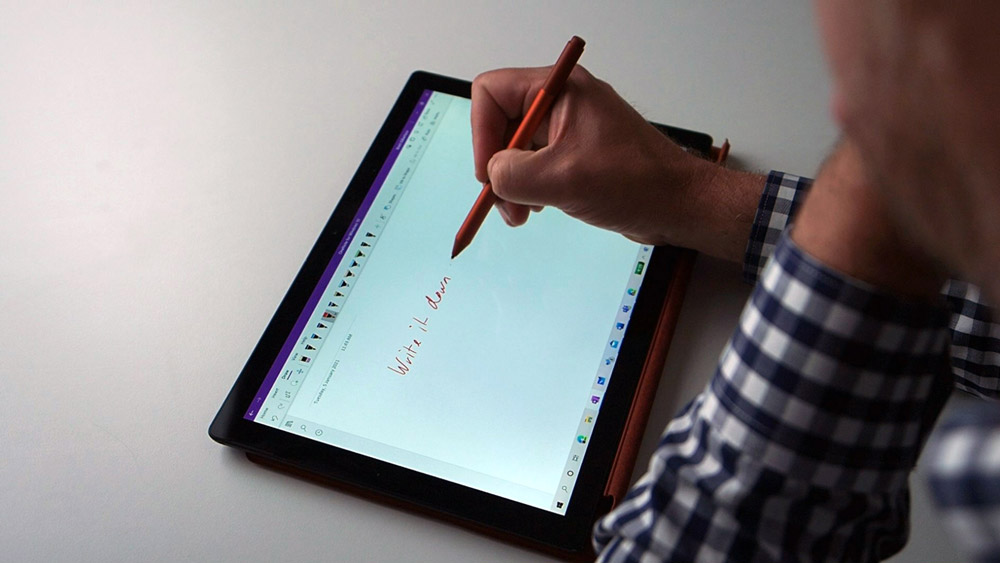
As professor Sanson Explained, certain tasks work well with a pen, pencil, a whiteboard, or blackboard:
- Note-taking
- Ideating
- Brainstorming
- Problem solving
- Diagramming
- Explaining concepts
- Outlining
These things often include non-verbal elements. For example, highlights, connections and diagrams. They are expressive, and they are spatial. You can’t do these things with a keyboard and mouse.

On the other hand, these things work much better on a keyboard.
- Presentations
- Documents
- Proposals
- Agreements
- Lists
They are more formal and they need to be communicated clearly, thus a keyboard is the best way. But if you have ever tried to solve a difficult problem over chat or email, you’ve probably found yourself frustrated.
Can you remember the last time you shared a typed up Word document or PowerPoint presentation with your colleagues, looking for their ideas and input? What did you actually get back? Spelling and grammar corrections? Format suggestions? When you share a document, people tend to focus in on the detail, and you probably won’t get any ideas at all! As professor Sanson said, “they’ll see the Wood for the Trees.” The high formality format encourages focus on minute detail.
Professor Sanson’s Application
Here’s how professor Sanson applied this concept to everyday work:
When you present an idea you want discussion from – hand write it! When you present an idea where you want the person to edit the document but not see the real content – type it.
On the other hand, what happens when you share a room and a whiteboard with your colleagues to discuss ideas? You can probably recall a time when you’ve done this with a team that is really working well together. You get lots of ideas flying around, and you’ll get different perspectives. The format encourages big picture thinking.
This is often lost in a keyboard dominated world. We need low formality content to develop our best ideas, both for us individually and in our teams – before we get down into the detail.
Don’t Skip Low Formality!
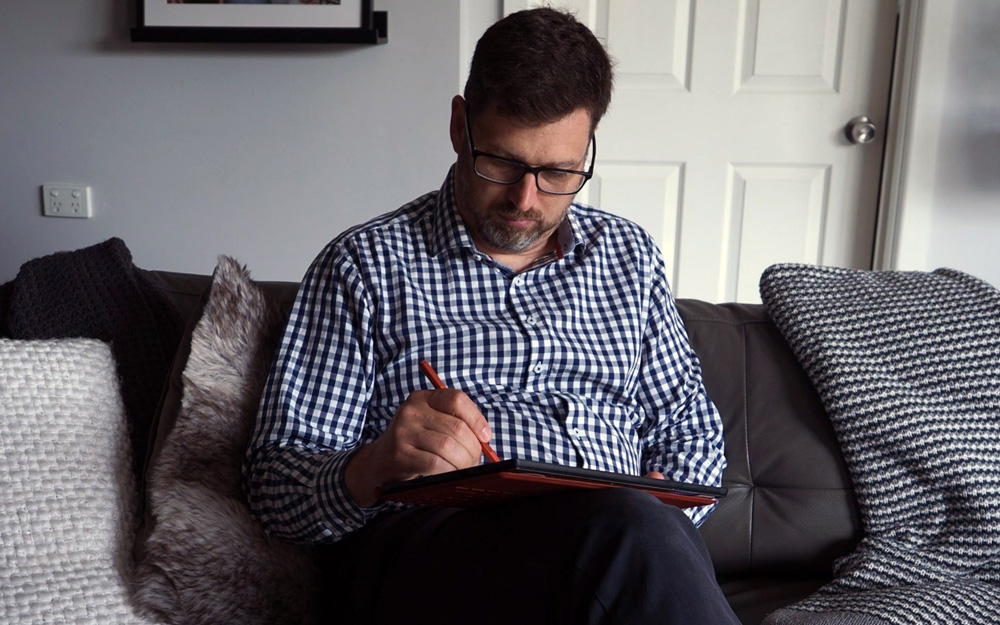
You can’t skip the thinking step and go right into the detail. Unfortunately I think it’s evident that many people do though. They go straight to the keyboard first, and that leads to poor outcomes.
But professor Sanson was far from an advocate for the “old ways are better” approach. Rather, he was ahead of his time. He was keenly interested in applying this research to new technologies, like tablets with pens.
He stands out for his considered approach to technology in the classroom. Not technology for the sake of technology, rather, the application of scientific process to the adoption of technology.
Strive to Make the Change
Professor Sanson’s presentation also introduced me to what he called the “Performance preference disconnect”. In a 2009 study by Savoy, Proctor, and Salvendy, students were shown to get better results from what the authors called “chalk and talk lectures” as opposed to lectures with finished PowerPoint slides. Though, even after being shown these results, students still preferred PowerPoint!
What I took from Professor Sanson’s work is something that I’ve always intuitively known. Low formality content is very important. And, low formality can be done in a digital world! So long as your device has a pen.
